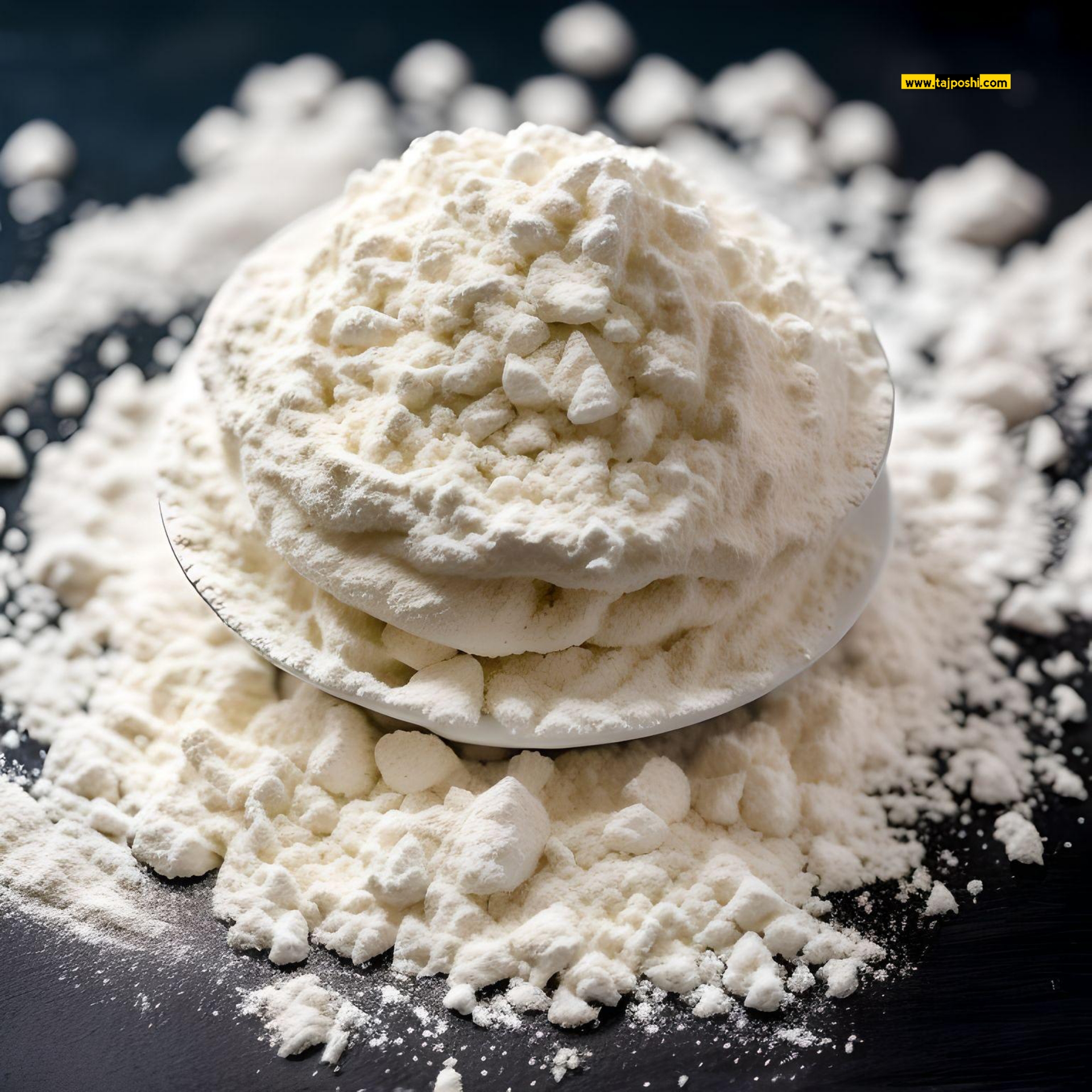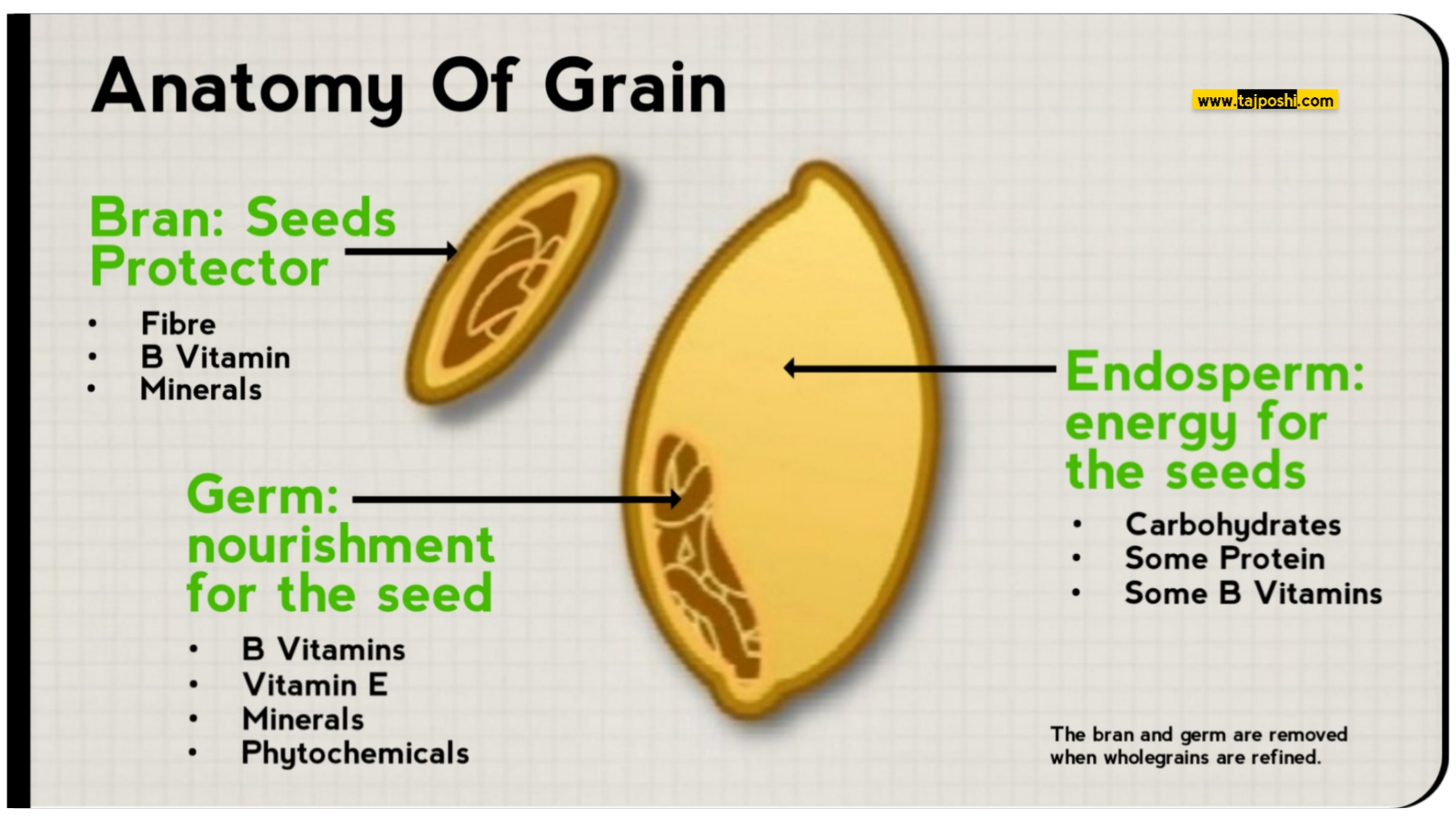Usually, good-quality wheat is available on the market for 35₹ to 40₹ or less. But flour packing companies give flour to customers in the name of pure flour for 28 ₹. And they claim that their flour is full of quality. But how is this practically possible? On the other hand, in response to this, flour packing companies say that when wheat is cheap, we store it in our godowns and later sell the ground flour to customers at a lower price.
Translate this article in your favourite launguage
The wheat used by these flour packing factories to make flour is called milling-grade wheat. In the process of making flour in the factory, the flour that comes first is filtered with the help of a sieve. In which coarse grains and thin grains are separated. In this process, the fine grains of wheat are separated. The coarse and healthy grains that remain in the process of wheat peeling are packed and sent back to the market to be sold, which are called good grains. And these types of wheat are sold at high prices in the name of high-quality wheat.
After filtering the coarse grains of wheat, the fine grains that remain, which are also called dead grains in common language, are generally useful for animals. That type of grain is called milling-grade grain or wheat. Whose market price is between 10 and 12 ₹ per kg. Some companies grind the same wheat and sell it to people in the name of high-quality wheat. Due to this, they get more profit from working costs.
About 5% flour is added in the process of making milling-grade grain flour. Due to which the protein inside wheat swells. By adding water, these factory workers get the benefit that wheat flour becomes completely white due to this. Secondly, soaking wheat makes it easier to remove the upper layer. The husk that comes out of wheat is called Bran, and it contains the most protein. Which the company removes.
- Hull: The outermost layer of the grain, it protects the grain from damage and pests.
- Bran: The layer beneath the hull, it contains fiber, vitamins, and minerals.
- Endosperm: The largest part of the grain, it is the source of carbohydrates and energy.
- Germ: The innermost part of the grain, it contains proteins, vitamins, and minerals.
Bran works to protect the seed. Contains fiber, B vitamins, and some beneficial minerals. Which are good for our health.
When the husk is separated from the wheat, flour is left in the form of flour (in Hindi, Maida). This type of flour is harmful for the body. Because rotis do not rise with this type of flour. To avoid this, companies use certain chemicals like chlorine dioxide, calcium peroxide, and azodicarbonamide, which are also known as flour treatment agents or flour improvers.
Why doesn't flour spoil quickly in packing?
Flour manufacturing companies add some chemicals like phytic acid, potassium bromate, sorbic acid, benzoylperoxide, sodium benzoate, calcium propanoate, etc. to the flour to prevent it from spoiling quickly. Due to which the flour does not spoil for three or four months. And because of these chemicals, companies are able to store flour for months. Companies sell flour made from these chemicals as good-quality flour, which we use. Due to the mixing of these chemicals in the flour, the flour does not get affected by insects quickly, whereas it is normal for normal flour to get affected by insects for a long time.
By using flour made from these chemicals, our body is not able to remove those chemicals from the body. Due to which they keep roaming in our bodies with our blood. As a result, we get diseases like high blood pressure, diabetes, heart disease, kidney disease, and skin disease. Which are avoided by saying diseases of modern lifestyle.
Solutions:
The only way to avoid diseases caused by packing flour is to go to the mill and grind the flour yourself. Take good-quality wheat from the grain market or from a farmer, then grind that wheat in a mill. In this process, you may have to face a little trouble, but you will stay away from diseases. But one thing is to be noted in this: the flour should be ground only for a maximum of 15 or 20 days. Because according to Ayurvedic theory, flour should be eaten only for 15 days; keeping it longer than this destroys its properties.


















